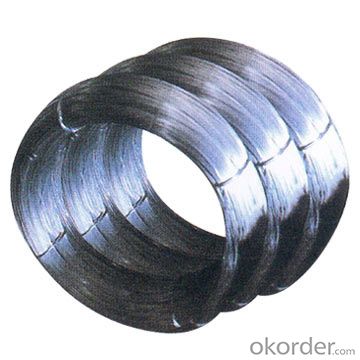Packaging & Delivery
| Packaging Details: | COIL |
|---|---|
| Delivery Detail: | USUALLY 10 DAYS AFTER RECEIVE YOUR DEPOSIT OR L/C |
OKorder Service Pledge
OKorder Financial Service
You Might Also Like
Place of Origin:Zhejiang, China (Mainland)
Model Number:45# or your require material
Surface Treatment:BLACK or GALVANIZED
Type:ROUND
Function:SPOKE
Wire Gauge:ALL DIAMETER OF SPOKE WIRE
Standard:AISI, ASTM, BS, DIN, GB, JIS
| Packaging Details: | COIL |
|---|---|
| Delivery Detail: | USUALLY 10 DAYS AFTER RECEIVE YOUR DEPOSIT OR L/C |
Diameter 1.98mm, 2.64mm,


1. Manufacturer Overview |
|
|---|---|
| Location | |
| Year Established | |
| Annual Output Value | |
| Main Markets | |
| Company Certifications | |
2. Manufacturer Certificates |
|
|---|---|
| a) Certification Name | |
| Range | |
| Reference | |
| Validity Period | |
3. Manufacturer Capability |
|
|---|---|
| a)Trade Capacity | |
| Nearest Port | |
| Export Percentage | |
| No.of Employees in Trade Department | |
| Language Spoken: | |
| b)Factory Information | |
| Factory Size: | |
| No. of Production Lines | |
| Contract Manufacturing | |
| Product Price Range | |
Send your message to us
OKorder Service Pledge
OKorder Financial Service
Similar products
New products
Hot products
Hot Searches
Related keywords